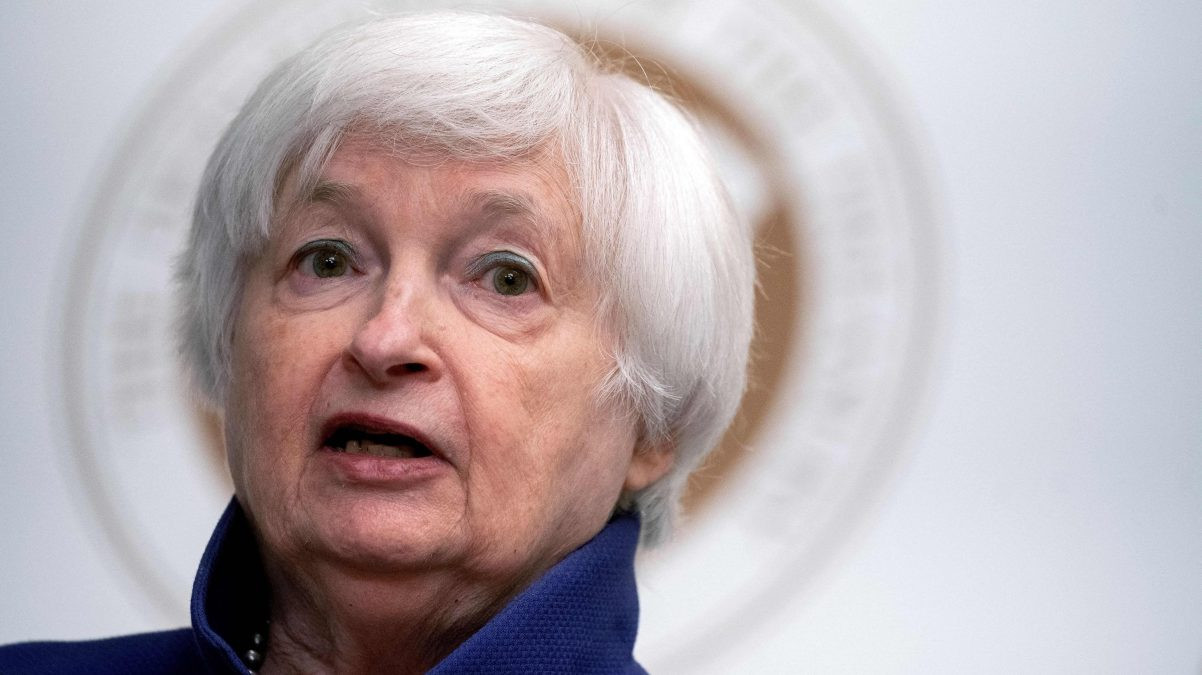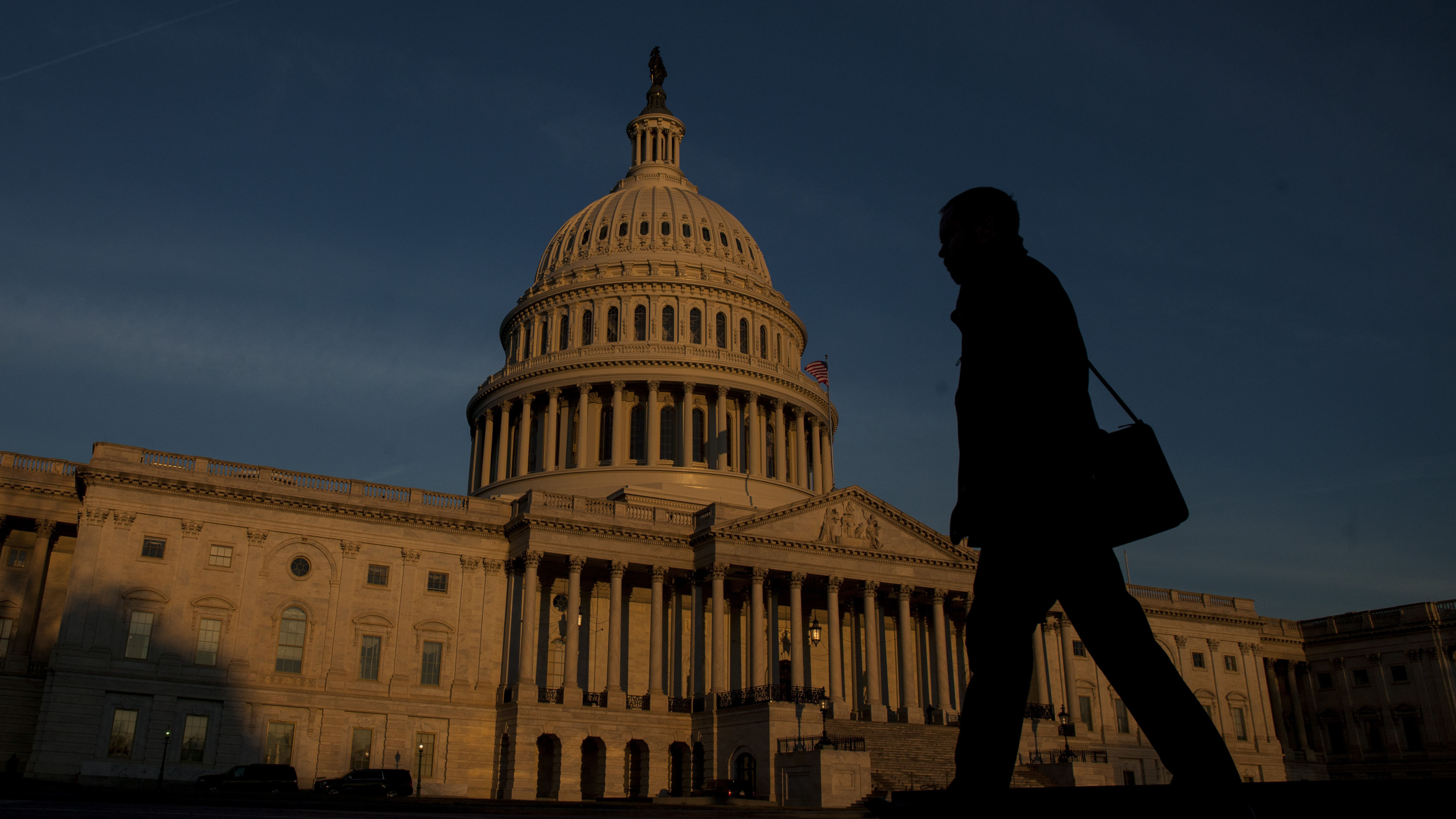The question of who the U.S. owes money to is a common one, especially when discussions around the national debt and the debt ceiling arise. It’s a complex topic that goes beyond simply owing money to other countries. Understanding the intricacies of U.S. debt is crucial for grasping the economic landscape and policy debates surrounding it. This article delves into the details of who holds U.S. debt, exploring both domestic and foreign creditors, and clarifies the different components of the national debt.
Decoding the U.S. National Debt: Public vs. Intragovernmental Holdings
When we talk about the U.S. national debt, it’s essential to differentiate between two main categories: debt held by the public and intragovernmental holdings. This distinction is key to understanding to whom the U.S. truly owes money.
Debt Held by the Public: From Individuals to Foreign Governments
The largest portion of the U.S. national debt falls under “debt held by the public.” As of recent estimates, this figure surpasses $24 trillion. This category represents the total amount of money the U.S. government owes to entities outside of itself. These entities purchase U.S. debt securities, such as Treasury bonds, notes, and bills, as investments. Who are these public holders? They are diverse and include:
-
Domestic Investors: This encompasses a wide range of entities within the United States, including:
- Individuals: American citizens invest in Treasury securities directly or indirectly through mutual funds and retirement accounts.
- Businesses: Banks, insurance companies, and other corporations hold U.S. debt as part of their investment portfolios.
- State and Local Governments: These entities also invest in Treasury securities, often for reserve funds.
- Federal Reserve: The central bank of the United States also holds a significant amount of U.S. debt.
-
Foreign Investors: Foreign entities also play a significant role in holding U.S. debt. These include:
- Foreign Governments: Countries invest in U.S. Treasury securities as a safe and liquid asset, often as part of their foreign exchange reserves.
- Foreign Institutions: This includes foreign central banks, sovereign wealth funds, and private financial institutions.
- International Investors: Individuals and businesses outside the U.S. also invest in U.S. debt.
 U.S. National Debt
U.S. National Debt
Currently, Japan and China are among the largest foreign holders of U.S. debt. Japan’s holdings are estimated at over $1 trillion, while China’s are slightly less. Other significant foreign holders include the United Kingdom and various countries and regions around the globe.
It’s important to consider the scale when discussing foreign holdings. While $7 trillion owed to foreign entities seems substantial, economists often contextualize this by comparing it to the size of the U.S. economy. Seen in this light, the proportion of debt owed to foreign countries is considered manageable and not inherently problematic for the U.S. economy.
Intragovernmental Holdings: When the Government Owes Itself
The other major category of U.S. debt is “intragovernmental holdings,” which currently totals around $6 trillion. This might seem confusing at first glance – how can a government owe money to itself? This category represents debt that one part of the U.S. government owes to another part.
Essentially, certain government trust funds, like Social Security and Medicare, invest their surpluses in U.S. Treasury securities. In effect, these agencies are lending money to the Treasury, which then uses these funds for government operations. Major intragovernmental holders include:
- Social Security Administration: A significant portion of the intragovernmental debt is owed to the Social Security Trust Fund.
- Medicare: Similarly, Medicare trust funds hold U.S. debt.
- Department of Defense Retirement Funds: Pension funds for military personnel also invest in Treasury securities.
- United States Postal Service Retirement Fund: The USPS retirement fund is another intragovernmental holder of U.S. debt.
This intragovernmental debt is essentially an accounting mechanism. It reflects the government’s obligations to these trust funds, but it doesn’t represent borrowing from outside entities in the same way that public debt does. When the government “pays back” intragovernmental debt, it’s essentially transferring funds between different government accounts.
Historical Context: Has Anyone Ever Defaulted on Debt to the U.S.?
While the focus is often on the U.S. potentially defaulting on its debt, it’s also relevant to consider the history of other countries owing money to the United States and their repayment records.
Historically, many nations have been indebted to the U.S., particularly after major global events like World War I and World War II. For instance, after World War II, the United Kingdom received a substantial loan from the U.S. to rebuild its economy. While the UK eventually repaid this debt, it took over 60 years to do so, with the final payment made significantly later than initially scheduled.
In the interwar period, numerous countries defaulted on debts to the U.S. stemming from World War I. These defaults had lasting negative consequences, impacting international relations and access to financial markets for the defaulting nations.
However, it’s also important to note that government-to-government debt is often subject to different dynamics than private debt. When a country struggles to repay another government, debt restructuring, rescheduling, or even forgiveness can occur. The U.S. itself has forgiven debts owed by other countries, such as Iraq in 2004 and debts from some of the world’s poorest nations.
 Janet Yellen and the Debt Limit
Janet Yellen and the Debt Limit
The Debt Limit and Budget Process: A Disconnect
The question raised about linking the debt limit to the annual budget process is pertinent. Currently, the U.S. budget process and the debt limit operate on different timelines, creating potential for political standoffs and economic uncertainty.
The U.S. budget process is designed to set government spending and revenue levels. The President submits a budget proposal to Congress, and Congress is then tasked with creating a budget resolution and passing appropriations bills. Ideally, this process is completed before the start of the fiscal year on October 1st.
However, even when a budget is in place, the Treasury still needs to borrow money to finance government operations if spending exceeds revenue. This is where the debt limit comes in. The debt limit is a legal ceiling on the total amount of debt the U.S. government can accumulate. It’s a separate constraint from the budget itself.
Historically, the debt limit was intended to provide the Treasury with flexibility in managing government finances. However, it has evolved into a political tool. Because raising the debt limit requires congressional approval, it can become a point of contention and negotiation, often unrelated to the merits of the budget itself.
Proposals to link the debt limit to the budget process aim to address this disconnect. One idea is to automatically suspend the debt limit when Congress passes a budget resolution. Another approach involves tying debt limit increases to specific fiscal targets or reforms. The goal is to reduce the political brinkmanship associated with the debt limit and ensure a more stable and predictable fiscal environment. Some even argue for abolishing the debt limit entirely, viewing it as a self-inflicted wound that creates unnecessary economic risks.
Conclusion: Understanding U.S. Debt Ownership for Informed Discussions
Understanding who the U.S. owes money to is fundamental to engaging in informed discussions about the national debt, budget deficits, and fiscal policy. The U.S. owes money to a diverse range of entities, from individual citizens and domestic institutions to foreign governments and intragovernmental trust funds. While the scale of the debt is significant, understanding its composition and the distinction between public and intragovernmental holdings provides crucial context. Furthermore, recognizing the historical precedents of debt and the complexities of the debt limit mechanism allows for a more nuanced and productive conversation about the nation’s financial future.
Stories You Might Like
The debt ceiling explained

